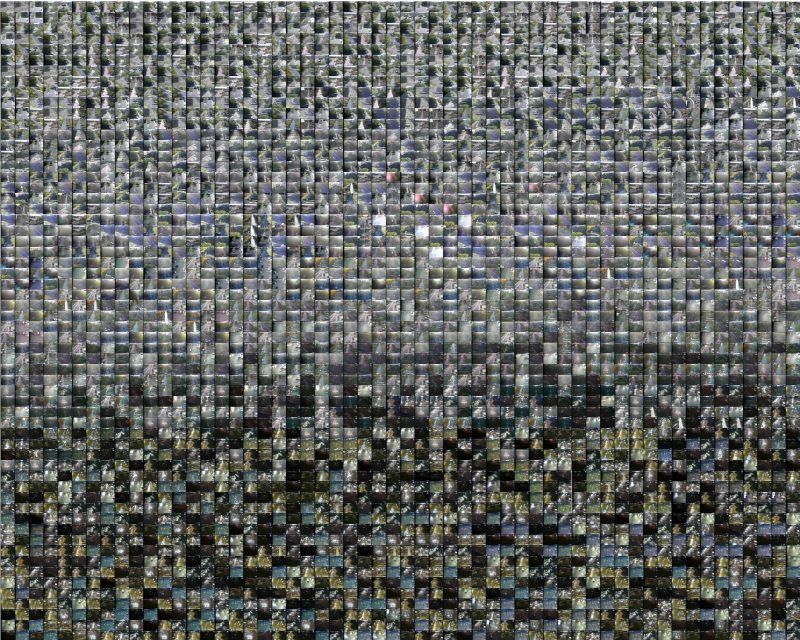
LEA Volume 18 Issue 3
Volume Editors: Lanfranco Aceti, Janis Jefferies, Irini Papadimitriou
Editors: Jonathan Munro and Özden Şahin
ISBN: 978-1-906897-18-5
ISSN: 1071-4391
Reference: Maria Chatzichristodoulou [aka Maria X], “Interaction’s Role as Catalyst of Synthesized Intelligence in Art,” eds. Lanfranco Aceti, Janis Jefferies and Irini Papadimitriou, Leonardo Electronic Almanac (Touch and Go) 18, no. 3 (2012): 200-211.
In Search of a Digital Masterpiece (or Two): Stanza
by Maria Chatzichristodoulou [aka Maria X]
On Thursday 24th February 2011 Christiane Paul, Adjunct Curator of New Media Arts at the Whitney Museum of American Art, an influential and prolific writer and speaker on matters of digital/media art, was discussing contemporary digital identities at a Thursday Club event – one of a regular series of public talks organized by Goldsmiths Digital Studios, University of London. In this discussion Paul asked: “are there any digital artworks that can be said to merit the title of a masterpiece?” and suggested that there are no works within this area of practice that could be described as ‘masterpieces.’
The term is certainly loaded, wrapped within visions of romance, grandeur and genius that raise expectations to almost a mythical level. In that sense, nothing contemporary can possibly merit the title of a ‘masterpiece,’ as only time can tell whether a piece of art can sustain its relevance, status and appeal, and whether it is forward looking enough to move generations beyond its own. But what does the term ‘masterpiece’ actually mean? Etymologically, it refers not to the work of a master, but to the work of an apprentice aspiring to become a master in the old European guild system: it is derived from the Dutch term “meesterstuk,” or the “work by which a craftsman attains the rank of master.” [1] Other dictionary definitions refer to “a work of art […] which is made with great skill,” [2] or “an extremely good example of something.” [3] Does Paul’s statement therefore suggest that there are no digital artworks made with great skill? No digital artworks that are extremely good examples of this specific area of practice?
Full article is available for download as a pdf here.
The artworks in the article are © Maria Chatzichristodoulou.
Vol 18 Issue 3 of Leonardo Electronic Almanac (LEA) is published on line as a free PDF but will also be rolled out as Amazon Print on Demand and will be available on iTunes, iPad, Kindle and other e-publishing outlets.
